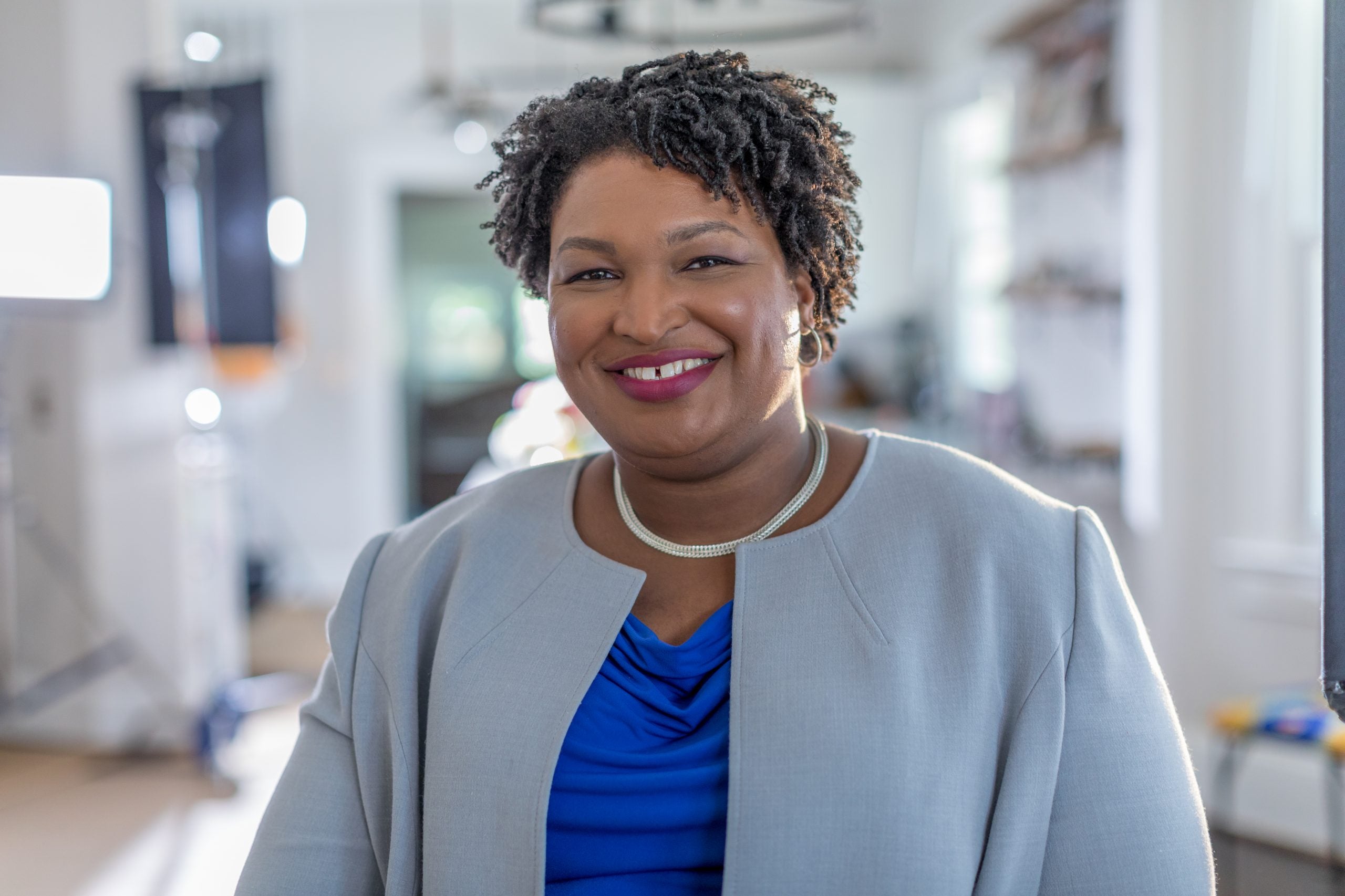My experience in 2018 was pretty straightforward. I ran for office, dogged by a racist demagogue who carefully disenfranchised hundreds of thousands of Georgians and who controlled the levers of the election. I watched him be rewarded for joining a growing pool of political leaders who revel in a pervasive, systemic process of stripping the right to vote from some and building obstacles to access for others.
But the threat is also coming from inside the coalition itself: Citizens grappling with racism, sexism, homophobia, and poverty are the least likely to vote. They have come to expect suppression from the opposition and inaction from the winners. Worse, the candidates who should engage them are afraid to reach out. We need active and relentless participation in our elections and government. Unfortunately, candidates and their consultants tend to view these groups as the hardest and most expensive to reach, so campaigns typically decide to hunt elsewhere for votes. Or political leaders fear that visible engagement with these marginalized groups will cost them votes from White traditional voters, and they deliberately ignore their communities.
True progress can only happen if we knit together the “who” of identity with the “how” of voting into effective, inclusive campaigns and movements. We must dispel myths that give primacy to the archetype of a working-class White man in Ohio who voted for Reagan in 1980, and instead expand our polity to recognize that his daughter might be married to a Kenyan woman who is waiting for permanent residence and their first child in Arkansas. The blue wave election of 2018, which included victories and close losses in unexpectedly competitive territories, demonstrates that demographic changes have come to fruition and are ready to become a political road map to sustained progress. But to do so, we must understand the hard work of civic engagement. We can’t wait for election time to come around.
Candidates and the campaigns they run matter now more than ever. I ran a campaign different from anything that preceded it and, by doing so, proved that what happened with Obama was not a fluke but a foreshadowing of how we can win even more. In our campaign, and in campaigns around the country, new people were able to step forward and win—and they did so by recognizing the intersection of identity and voting rights.
Beyond Congress, there are the unmentioned corridors of power we too often cede: state and local elections, from school boards and county commissions to boards of elections and secretaries of state. These elections matter because the architecture of our rights begins closest to home. The attention to national politics makes sense for those who have been denied access. States’ rights—the idea that each state should be allowed to set its own rules—controls much of how life is lived in America. The practical reality is that where you live determines your ability to marry, buy a house, get an abortion or start a business, and creating equality in these areas has usually required federal action to guarantee basic rights. Thus, by recognizing and harnessing the power of nonfederal offices, those who long for a more homogenous, segregated bygone era have grown stronger and more resilient.
The Trump administration has amplified weaknesses in our democracy, but he and his enablers in Congress and the judiciary have shone a spotlight on the dangers of populism here and abroad. Americans must understand the compelling nihilism of authoritarian populism to avoid a permanent breakdown in democracy. Across the globe, former democracies are slipping into autocracy, and the United States is not immune. To restore our country, we have to deconstruct what got us here and how to repair our nation before it’s too late.
Whether it’s the looming 2020 election or the first congressional election post-redistricting in 2022, or a post-Trump era, we must do the same long-term planning of those who work to deny us agency. Our obligation is to fortify democracy’s infrastructure and to train those who have been isolated from power to use this formidable weapon of demographic supremacy. Demography is not destiny; it is opportunity. We have internalized the worst lessons of our opponents and hamstrung our own progress by catering to the backbiting, loathing, and timidity of fear. At its core, I hope this book will be a manual of action where readers know how to protect the right to vote, champion the diversity of who we are today and demand political leadership that does both from now on.
I have two siblings who missed out on most of my campaign for governor: a brother who watched my race from a television in a state prison and a sister who is forbidden to engage in partisan politics as a federal judge. My vision for America isn’t one where Leslie is the star and Walter is simply a cautionary tale. My America sees my brother and my sister as the promise of what our nation can and must become—a place of extraordinary success that transcends barriers and a place of redemption that defies the cynicism of our politics. This is a vision that only comes into being when everyone has a true voice in our futures. America, for all its faults, has always been a place of promise and renewal, of mistakes made and the constant pursuit of atonement. This is a new manifesto for our progressive future, one emboldened by understanding that our time of waiting is over. The fight for our future has already begun.
And guess what? We won.
Excerpted from OUR TIME IS NOW: Power, Purpose, and the Fight for a Fair America by Stacey Abrams. Published by Henry Holt and Company, June 2020. Copyright © 2020 by Stacey Abrams. All rights reserved.

